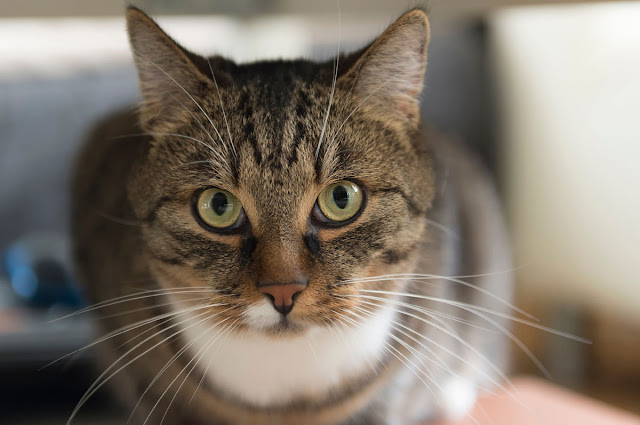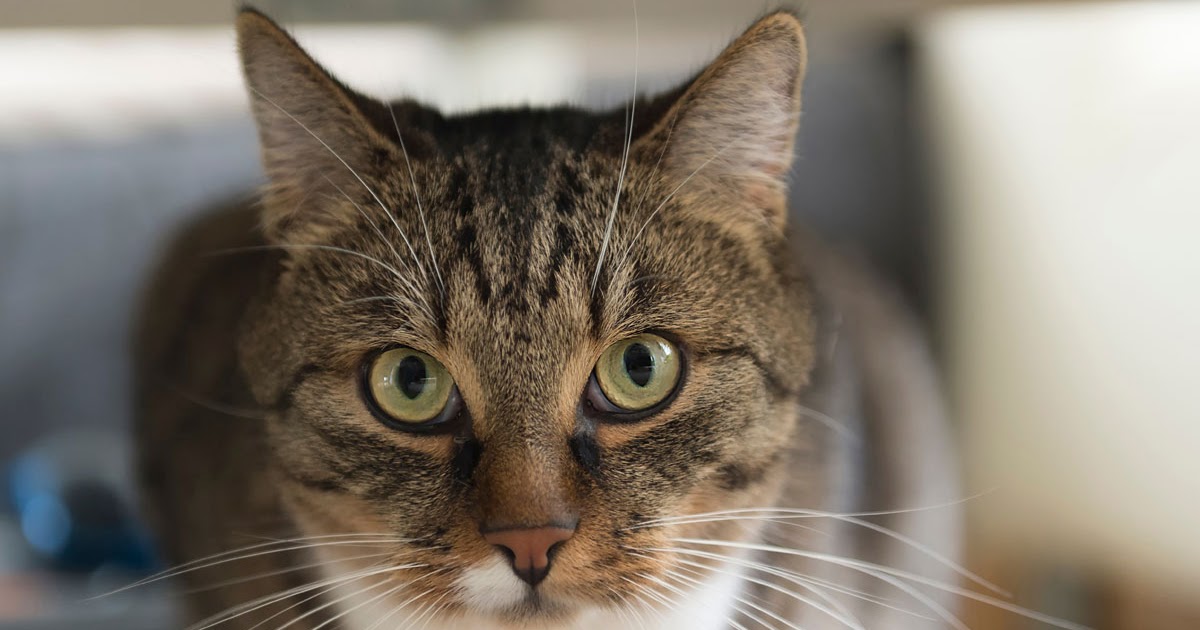[ad_1]
Cat caregivers can successfully use this tool to spot acute pain in cats, study shows.
 |
| Photo: Heidi Bollich/Shutterstock |
By Zazie Todd PhD
This page contains affiliate links which means I may earn a commission on qualifying purchases at no cost to you.
Get Companion Animal Psychology in your inbox.
Cats have a reputation for being inscrutable and It’s well known that it’s hard to spot when a cat is in pain, so the Feline Grimace Scale is an important breakthrough to help veterinarians recognize the signs in their feline patients. New research shows that cat guardians can use the scale too.
This is great news for cats because it means people can more easily assess when their cat needs to go to the vet due to acute pain.
Dr. Beatriz Monteiro of the City University of Hong Kong, the first author of the paper, told me,
“This is the first study showing that cat caregivers are able to assess acute pain (e.g. pain after surgery, abdominal pain) in cats. It is a great advance for feline welfare as cat caregivers become empowered to detect and quantify pain in their cats using the Feline Grimace Scale, and to look for veterinary care if needed.”
The Feline Grimace Scale involves looking at five aspects of the cat’s face, called action units: the cat’s ear position, orbital tightening (around the eye), muzzle tension, the position of the whiskers, and the position of the head. Looking at an awake cat who is not busy doing things like grooming, each action unit is assessed as 0 (absent), 1 (moderately present, or uncertain), or 2 (obviously present). A score of 4 or above is taken to mean that the cat is in pain.
Veterinarians can use the scale alongside their exam, the cat’s history, and clinical situation to decide if pain relief is needed.
The current study was conducted in both English and Spanish and advertised for participants on various cat, pet, and vet websites and social media accounts. The survey got a total of 1262 complete responses from cat guardians, who were asked to read the training manual and then score 10 photos of cats for each of the 5 action units. People’s responses were compared to those of 8 veterinarians.
The results showed no difference between cat guardians and veterinarians on 4 of the 5 action units. The exception was muzzle tension, which seemed to be harder for cat guardians to assess.
People’s success in using the scale was evident across the board, showing that everyone found it easy to use, regardless of gender, age, or other demographic characteristics.
This broad level of agreement is good news for cats as it means that cat guardians can look at the information on the Feline Grimace Scale website and use it to evaluate whether their cat is currently in pain. The scale is also available via an app for Android and Apple.
In case you are wondering about the photos of the cats used in the study, they had been used in previous studies too and were taken of cats before and after surgery, or before and after pain relief, for cats who had a painful condition or happened to need surgery.
It’s important to note that the scale was developed for acute pain only, such as pain after surgery, after suffering from trauma, from a wound, or because of pancreatitis. This scale cannot be used to assess chronic pain such as from osteoarthritis.
You can learn more about the scale in this Youtube video.
If you’d like to use the scale, you can read the training manual and practice your skills on the Feline Grimace Scale website. And if you’d like to read more about this research, the paper is open access and the link is below.
If you liked this post, check out my book Purr: The Science of Making Your Cat Happy. “Enjoyable, approachable, easy to read, Purr is a must for anyone who shares their life with a cat.”—Kate LaSala, Rescued by Training.
Useful links:
Reference
Monteiro, B. P., Lee, N. H., & Steagall, P. V. (2023). Can cat caregivers reliably assess acute pain in cats using the Feline Grimace Scale? A large bilingual global survey. Journal of Feline Medicine and Surgery, 25(1), 1098612X221145499. https://doi.org/10.1177/1098612X221145499
As an Amazon Associate I earn from qualifying purchases. As an Etsy affiliate and Marks and Spencer affiliate, I earn from qualifying purchases.
[ad_2]
